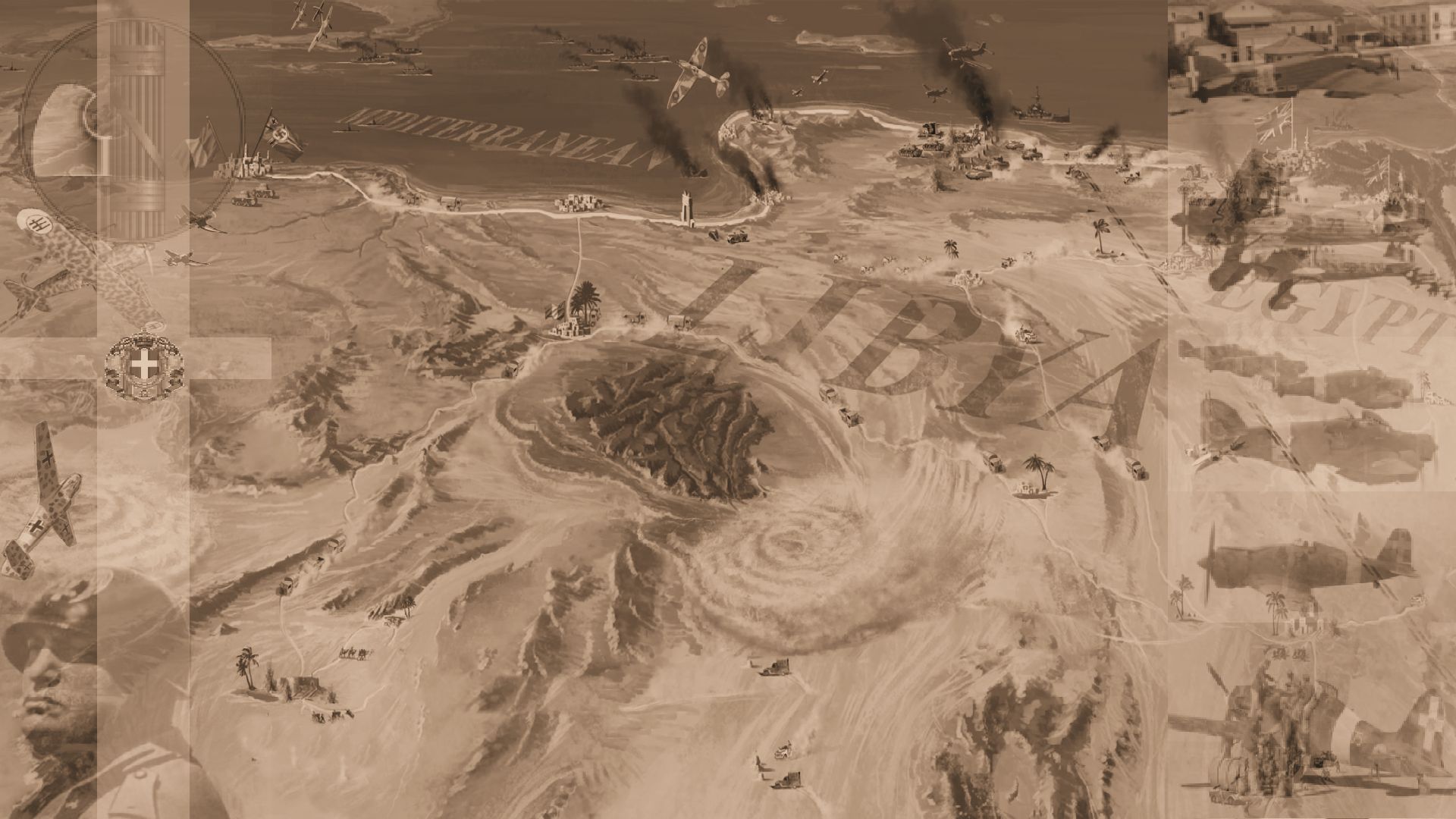The Fiat G.55 'Centauro'(eng: 'Centaur') was a single-engine single-seat World War II fighter aircraft used by the Regia Aeronautica and the A.N.R. (Aeronautica Nazionale Repubblicana) in 1943-1945. It was designed and built in Turin by Fiat. The G.55 was probably the best type produced in Italy during World War II due to its ability to fight well above the C.202 combat height of 8,000 metres and formidably armed with 3 cannons and 2 machine guns it carried.
Development
Fiat designer Giuseppe Gabrielli, while experimenting a new version of his Fiat G.50 fighter, equipped with the DB 601, started a new design that was to be powered by the Daimler-Benz DB 605. Named Centauro the G.55 was a development of the G.50 Freccia, though it owed little more than a general layout commonality to that fighter. Modification of the advanced design to utilize the German DB605 engine was relatively easy, and it put Fiat ahead of its competitors - Reggiane with their Re.2005 and Macchi with their C.205N and their 'stopgap' C.205V, with the Fiat prototype taking flight on April 30, 1942, well before the competition. It was armed with one 20 mm MG 151/20 cannon, installed in the hub with 200 rounds, and four 12.7 mm (.5 in) Breda-SAFAT machine guns, two in the upper engine cowling and two in the lower part, with 300 rpg, in "Sottoserie O" airframes. This layout soon proved to be troublesome, both for rearming and for the servicing of the lower cowling mounted machine guns so, the two lower machine guns were removed, and replaced with a 20 mm MG 151/20 in each wing, in the later production series, the Serie 1.
By March 1943, the Italian air ministry had already decided on mass production of the G.55. Regia Aeronautica commissioned the production of 1,800 G.55s, later raising that number to 2,400. However, only a mere 16 G.55/0 preproduction and 15 G.55/1 initial production aircraft had been delivered to Regia Aeronautica by September 1943, production thereafter being for the Fascist air arm(ANR) flying alongside the Luftwaffe. By May 1943, the Serie I had flown with the central MG151/20 with 250 rounds, two 12.7mm machine guns (300rpg) in the upper forward fuselage, and an MG151/20 (200rpg) in each wing. The Serie I proved itself more maneuverable than either the Bf 109G or the Fw 190A in tests that summer, with the Italian fighter being able to accelerate away from both German fighters in a dive and only being inferior to the Focke-Wulf as regarded roll rate.
Back to Top
Into service
On 21 March 1943, the first G.55 was assigned to 20° Gruppo (squadron), 51° Stormo (wing) CT, based on Roma-Ciampino, for operational evaluation. In May, the G.55 followed the unit to Capoterra, near Cagliari having its baptism of fire on 5 June 1943, against Allied aircraft attacking Sardinia. G.55s had participated in the defence of Rome with the 353a Squadriglia of the Regia Aeronautica. In June, the first Serie I were assigned to Gruppo Complementare of 51° Stormo in Foligno, near Perugia, but in July the 11 G.55 of Gruppo Complementare were transferred to 353a Squadriglia, that already had in charge the "pre-series" machines, to operate from Roma-Ciampino Sud airfield. The 353a Squadriglia, commanded by Capitano Egeo Pittoni, flew many missions against the American bomber formation, but the flights were stopped when Rome was declared an "Cittą aperta" (Open City).
Back to Top
After the Armistice
The postarmistice operations were mainly with the Fascist air arm's Squadriglia 'Montefusco', based at Venezia Reale, then with the three squadriglie which formed the 2° Gruppo Caccia Terrestre, but losses were heavy, as a result mainly of Allied attacks on the airfields. There still is not exact data about the G.55 captured by Luftwaffe or acquired by Aeronautica Nazionale Repubblicana. About 18 G.55s were acquired by ANR while 12-20, or even 42, according to some reports, were requisitioned by the Luftwaffe. The Centauro entered in service with the ANR; a decision was made to produce 500 G.55s, of which 300 were G.55/I and 200 G.55/II Serie II, armed with five 20 mm MG 151/20s and no machine guns. Only 148 were delivered to the ANR units that, as the number of available G.55s dwindled, were progressively re-equipped with the Bf 109G, of various sub-versions. The ANR had two Gruppi Caccia terrestre (fighter squadrons), the first was initially equipped with the Macchi C.205, from November 1943 to May 1944, then, re-equipped with the G.55/I in June 1944 until it switched to the Bf 109G starting from November 1944. The 2nd Gruppo was the main unit equipped with the G.55, of which it had 70 examples from December 1943-August 1944, before being progressively re-equipped with the Bf 109G.
Back to Top
Final service
Before wartime production ended 274 more were completed and a further 37 were abandoned at an advanced construction stage and only one other was to be used by the 'Italian Co-Belligerent Air Force' but was sent to England for evaluation. After the war, the AMI acquired 19 G.55As and 10 G.55Bs, while the Argentine Air Force purchased 30 G.55As, and 15 G.55Bs. Argentina returned 17 G.55As that were then sold to Egypt in 1948. The production of these orders for G.55s for Italy and Argentina caused the available stocks of the Italian licence-built version of the DB 605 engine to run short. As there was still a demand for the aircraft, it was decided to convert the type to use the more readily available Rolls-Royce Merlin engine, with the first conversion flying in early 1948. Syria placed an order for 30 similar aircraft(G.59), which by this time, were completely from new production as the stocks of G.55 components had been exhausted.
Back to Top


